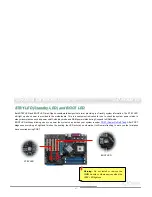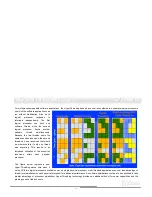
73
A
A
O
O
p
p
e
e
n
n
i
i
8
8
6
6
5
5
F
F
a
a
m
m
i
i
l
l
y
y
M
M
o
o
t
t
h
h
e
e
r
r
b
b
o
o
a
a
r
r
d
d
s
s
O
O
n
n
l
l
i
i
n
n
e
e
M
M
a
a
n
n
u
u
a
a
l
l
H
H
y
y
p
p
e
e
r
r
T
T
h
h
r
r
e
e
a
a
d
d
i
i
n
n
g
g
T
T
e
e
c
c
h
h
n
n
o
o
l
l
o
o
g
g
y
y
What is Hyper-Threading?
Hyper-Threading technology is an innovative design from Intel that enables multi-threaded software applications to process threads in
parallel within each processor resulting in increased utilization of processor execution resources. As a result, an average improvement
of ~40% in CPU resource utilization yields higher processing throughput.
How Hyper-Threading Works
A form of simultaneous multi-threading technology (SMT), Hyper-Threading technology allows multiple threads of software applications
to be run simultaneously on one processor by duplicating the architectural state on each processor while the same processor execution
resources is shared. The figure below
represents how a Hyper-Threading based
processor differentiates a traditional
multiprocessor. The left-hand configuration
shows a traditional multiprocessor system
with two physical processors. Each
processor has its own independent
execution resources and architectural state.
The right-hand configuration represents an
Intel Hyper-Threading technology based
processor. You can see that the architectural
state for each processor is duplicated, while
the execution resources is shared.
















































